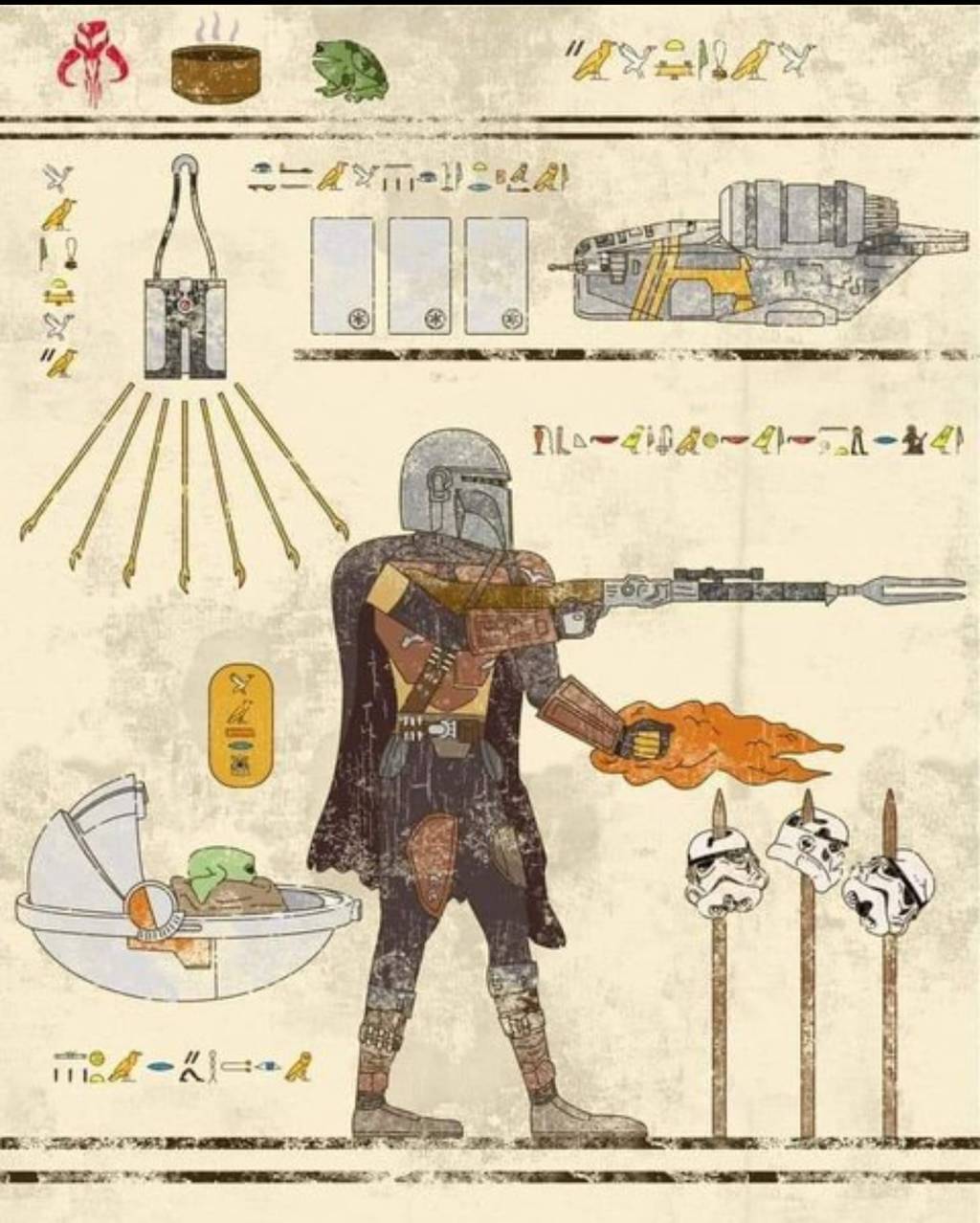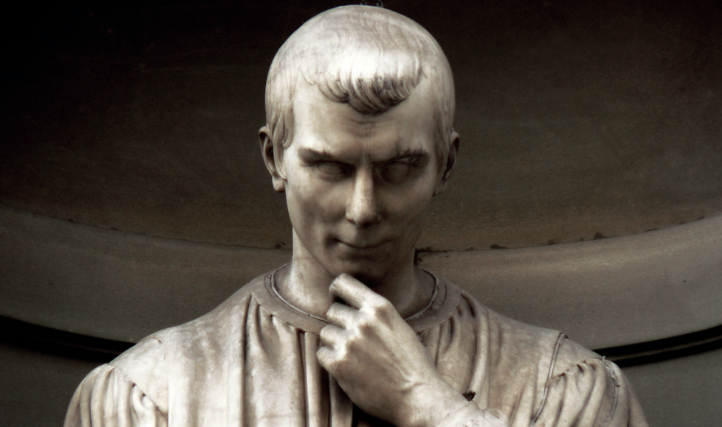As a horror enthusiast, I have always been fascinated by the book covers that adorn the spine-chilling tales of terror. The ’70s and ’80s were a golden age for horror literature, and the book covers were just as important as the stories themselves. In this article, I will take you on a journey through the most killer horror book covers of the ’70s and ’80s, analyzing the design elements and their impact on the horror genre.
The Importance of Book Covers in the Horror Genre
In the horror genre, a book cover is the first point of contact between the reader and the story. It is essential to capture the essence of the story and evoke the emotions that the author intended. A good horror book cover should be able to send shivers down your spine and make you want to read the story. It should be able to create an atmosphere of dread and terror.
In the ’70s and ’80s, horror book covers were an art form. They were not just a way to sell books but also a way to express the horror and terror that lay within the pages. The covers were designed to be provocative and to make a statement. They were not shy about using blood, gore, and violence to grab the reader’s attention.
The Top 15 Horror Book Covers of the ’80s
1. Stephen King’s “It” (1986)

The cover of Stephen King’s “It” is iconic. The image of a sinister clown peering out of a drain is one of the most recognizable horror book covers of all time. The cover perfectly captures the creepy and unsettling atmosphere of the book.
2. Clive Barker’s “The Damnation Game” (1985)

The cover of Clive Barker’s “The Damnation Game” is a work of art. It features a grotesque creature with a human face and a body made of twisted metal. The cover perfectly captures the dark and twisted nature of the story.
Marty Strauss, a gambling addict recently released from prison, is hired to be the personal bodyguard of Joseph Whitehead, one of the wealthiest men in the world. The job proves more complicated and dangerous than he thought, however, as Marty soon gets caught up in a series of supernatural events involving Whitehead, his daughter (who is a heroin addict), and a devilish man named Mamoulian, with whom Whitehead made a Faustian bargain many years earlier, during World War II.
3. James Herbert’s “The Rats” (1984)
The cover of James Herbert’s “The Rats” is simple but effective. It features a pair of ominous red eyes peering out from the darkness. The cover perfectly captures the sense of unease and terror that permeates the book.

The long-dreaded nuclear conflict has come. The city is torn apart and its people destroyed or mutilated beyond hope. For just a few, survival is possible only beneath the wrecked streets—if there is time to avoid the slow-descending poisonous ashes. But below, the rats, demonic offspring of their irradiated forebears, are waiting. They know that man has been weakened, become frail—and has become their prey.
4. Robert R. McCammon’s “Swan Song” (1987)

Facing an unprecedented malevolent enemy, the US government responds with a nuclear attack. Soon, America, as it was, is gone forever, and now every citizen—from the president of the United States to the homeless on the streets of New York City—will fight to stay alive. In a wasteland born of rage and fear, populated by monstrous creatures and marauding armies, Earth’s last survivors are drawn into the final battle between good and evil, which will decide the fate of humanity: Sister, who discovers a strange and transformative glass artifact in the destroyed Manhattan streets…Joshua Hutchins, the pro wrestler who takes refuge from the nuclear fallout at a Nebraska gas station…and Swan, a young girl possessing special powers, who travels alongside Josh to a Midwest town where healing and recovery can begin with her extraordinary gifts. But the ancient force behind the world’s devastation is scouring the walking wounded for recruits to build its relentless army, beginning with Swan herself…
Thank you for visiting with us. For more poetry or Literature related content, visit our blog at The Ritual.
5. Anne Rice’s “Interview with the Vampire” (1986)
The time is now.

We are in a small room with the vampire, face-to-face, as he speaks – as he pours out the hypnotic, shocking, moving, and erotically charged confessions of his first 200 years as one of the living dead…
He speaks quietly, plainly, even gently…carrying us back to the night when he departed human existence as heir – young, romantic, cultivated – to a great Louisiana plantation, and was inducted by the radiant and sinister Lestat into the other, the “endless”, life…learning first to sustain himself on the blood of cocks and rats caught in the raffish streets of New Orleans, then on the blood of human beings…to the years when, moving away from his final human ties under the tutelage of the hated yet necessary Lestat, he gradually embraces the habits, hungers, feelings of vampirism: The detachment, the hardened will, the “superior” sensual pleasures.
6. Peter Straub’s “Ghost Story” (1980)

The cover of Peter Straub’s “Ghost Story” is deceptively simple. It features a white ghostly figure on a black background. The cover perfectly captures the eerie and unsettling atmosphere of the story.
#1 New York Times bestselling author Peter Straub’s classic tale of horror, secrets, and the dangerous ghosts of the past…
What was the worst thing you’ve ever done?
In the sleepy town of Milburn, New York, four old men gather to tell each other stories—some true, some made-up, all of them frightening. A simple pastime to divert themselves from their quiet lives.
7. Dean Koontz’s “Watchers” (1987)

On his thirty-sixth birthday, Travis Cornell hikes into the foothills of the Santa Ana Mountains. But his path is soon blocked by a bedraggled Golden Retriever who will let him go no further into the dark woods.
That morning, Travis had been desperate to find some happiness in his lonely, seemingly cursed life. What he finds is a dog of alarming intelligence that soon leads him into a relentless storm of mankind’s darkest creation….
8. Graham Masterton’s “The Manitou” (1976)
The cover of Graham Masterton’s “The Manitou” is a classic.

Phony psychic and conman Harry Erskine never really believed in the occult until Karen Tandy approached him with a rapidly growing tumor on her neck, complaining of dark and disturbing dreams. When the mass is revealed by doctors to contain something living, the stakes skyrocket—not only for Karen and Harry but for all humanity.
Something terrible is returning from the shadows to which it has been confined for centuries—a Native American monstrosity determined to destroy every vestige of the white race that oppressed and preyed upon America’s Indians. And unless a motley group of ill-prepared defenders can harness ancient native magic, there will be no stopping the malevolent shaman’s terrible rebirth—and no escaping the wholesale carnage it will engender.
9. John Saul’s “The Unloved” (1988)

The cover of John Saul’s “The Unloved” is creepy and unsettling. It features a pair of dolls with blank expressions. The cover perfectly captures the sense of dread and unease that permeates the story.
The Unloved tells the story of the Devereaux family, Dad Kevin, Mom Anne, older daughter Julie, and young son Jeff. They are returning to Sea Oaks, the Devereaux family manor on an island off the coast of South Carolina, to give Kevin a chance to see his mother before she kicks off.
Thank you for visiting with us. For more poetry or Literature related content, visit our blog at The Ritual.
10. Richard Laymon’s “The Beast House” (1986)

The cover of Richard Laymon’s “The Beast House” is graphic and disturbing. It features a snarling creature emerging from a house. The cover perfectly captures the brutal and savage nature of the story.
Author Gorman Hardy is hot on the trail of another bestseller and if half what’s said about Malcasa Point is true, he’s bound to make a killing. Petite and pretty Tyler and sexy Nora visit Malcasa full of expectation. But Malcasa Point is a place of pain, bestiality and death in The Beast House.
11. Stephen King’s “The Shining” (1977)

The cover of Stephen King’s “The Shining” is a classic. It features a creepy hotel with an ominous presence. The cover perfectly captures the sense of isolation and terror that lies within the pages.
The Shining, gothic horror novel by Stephen King, first published in 1977. Eclipsed perhaps only by its 1980 film adaptation, the novel is one of the most popular and enduring horror stories of all time. A sequel, titled Doctor Sleep, was published in 2013.
12. Shaun Hutson’s “Breeding Ground” (1985)

The cover of Shaun Hutson’s “Breeding Ground” is graphic and disturbing. The cover perfectly captures the visceral horror of the story.
The slugs have come hack… slowly… silently… they slither along dank, fetid tunnels into the city in search of human flesh. Their insatiable need knows no bounds.
But now they bring a new horror – a plague which spreads insanity and death, transforming its victims into grotesque, crazed killers.
Caught in this maelstrom of horror is Dr. Alan Finch – the only man capable of destroying the Breeding Ground forever.
13. Ramsey Campbell’s “Incarnate” (1983)

Molly, a young television production assistant, and her lover, Martin, struggle for survival against a monstrous, diabolical force created by Molly and her fellow participants in a scientific experiment in prophetic dreaming.
Five people are brought from London to participate in a controlled experiment studying prophetic dreaming. But the results are so ominous that the program is cut short.
Now a monstrous presence is in the subjects’ lives, a creature created by their group dream eleven years ago, drawing them inexorably into its awful vortex.
14. William Peter Blatty’s “The Exorcist” (1971)

The cover of William Peter Blatty’s “The Exorcist” is iconic. It features a demonic face with glowing eyes. The cover perfectly captures the sense of terror and possession that lies within the pages.
Four decades after it first shook the nation, then the world, William Peter Blatty’s thrilling masterwork of faith and demonic possession returns in an even more powerful form. Raw and profane, shocking and blood-chilling, it remains a modern parable of good and evil and perhaps the most terrifying novel ever written.
“The Exorcist is a 1971 novel by William Peter Blatty. The book details the demonic possession of twelve-year-old Regan MacNeil, the daughter of a famous actress, and the Jesuit psychiatrist priest who attempts to exorcise the demon.
15. James Herbert’s “The Fog” (1975)

The cover of James Herbert’s “The Fog” is simple but effective. It features a pair of glowing eyes in a dark background. The cover perfectly captures the sense of dread and terror that permeates the story.
The Fog is a horror novel by English writer James Herbert, published in 1975. It is about a deadly fog that drives its victims insane when they come into contact with it. Herbert’s second book, it is completely unrelated to the film The Fog by John Carpenter.
Analyzing the Design Elements of Each Cover
Each of these book covers has a unique design element that makes it stand out. The cover of “It” uses color and contrast to create a creepy and unsettling atmosphere. The cover of “The Damnation Game” uses intricate details and textures to create a sense of dread and horror. The cover of “The Rats” uses simplicity to capture the essence of the story.
The cover of “Swan Song” uses a surreal and dreamlike image to capture the apocalyptic nature of the story. The cover of “Interview with the Vampire” uses a gothic and sensual image to capture the essence of the story. The cover of “Ghost Story” uses negative space to create an eerie and unsettling atmosphere.
The cover of “Watchers” uses a striking image to capture the sense of danger and suspense that lies within the pages. The cover of “The Manitou” uses a demonic figure to capture the supernatural horror of the story. The cover of “The Unloved” uses a simple and unsettling image to capture the sense of dread and unease.
The cover of “The Beast House” uses a graphic and disturbing image to capture the brutal and savage nature of the story. The cover of “The Shining” uses an ominous and creepy image to capture the sense of isolation and terror. The cover of “Breeding Ground” uses a grotesque and visceral image to capture the horror of the story.
The cover of “Incarnate” uses a supernatural and demonic figure to capture the horror of the story. The cover of “The Exorcist” uses a demonic image to capture the sense of possession and terror. The cover of “The Fog” uses simplicity to capture the sense of dread and terror that permeates the story.
The Influence of Pop Culture on Horror Book Cover Design
The ’80s were a decade of pop culture, and horror book covers were no exception. The covers of these books were influenced by the horror movies, music, and art of the time. The iconic cover of “It” was inspired by the fear of clowns that was prevalent in the ’80s. The cover of “The Damnation Game” was influenced by the surreal and grotesque art of H.R. Giger.
The cover of “The Rats” was influenced by the fear of vermin that was prevalent in the ’80s. The cover of “Swan Song” was influenced by the apocalyptic movies and music of the time. The cover of “Interview with the Vampire” was influenced by the gothic and romantic art of the time.
The cover of “Ghost Story” was influenced by the minimalist art of the ’80s. The cover of “Watchers” was influenced by the popularity of horror movies featuring dogs. The cover of “The Manitou” was influenced by the supernatural horror movies of the ’80s.
The cover of “The Unloved” was influenced by the popularity of dolls in horror movies. The cover of “The Beast House” was influenced by the graphic and violent horror movies of the time. The cover of “The Shining” was influenced by the popularity of Stephen King’s books and movies.
The cover of “Breeding Ground” was influenced by the visceral and graphic horror movies of the time. The cover of “Incarnate” was influenced by the demonic horror movies of the ’80s. The cover of “The Exorcist” was influenced by the popularity of possession horror movies.
How Horror Book Covers Have Evolved Since the ’80s
Horror book covers have come a long way since the ’80s. Today, book covers are designed to be more subtle and sophisticated. They rely less on graphic images and more on symbolism and metaphor. The book covers of today are designed to appeal to a wider audience and to be more marketable.
However, the legacy of the ’80s horror book covers lives on. The covers of the ’80s were groundbreaking and pushed the boundaries of what was acceptable in the horror genre. They were provocative and daring, and they captured the essence of the stories they represented. The ’80s horror book covers have influenced a generation of horror writers and artists, and they continue to inspire new works of horror today.

Halloween Book Covers: A Special Mention
Halloween is a special time for horror enthusiasts, and horror book covers play an important role in the festivities. Halloween book covers are designed to be creepy, spooky, and atmospheric. They are meant to capture the essence of the holiday and to evoke the feelings of terror and dread that are associated with it.
Some of the most iconic Halloween book covers include “The Haunting of Hill House” by Shirley Jackson, “Dracula” by Bram Stoker, and “Frankenstein” by Mary Shelley. These books have become synonymous with Halloween, and their covers have become iconic symbols of the holiday.
The Impact of These Book Covers on the Horror Genre
The book covers of the ’80s had a significant impact on the horror genre. They pushed the boundaries of what was acceptable in the genre and opened up new avenues for horror writers and artists. The covers were provocative and daring, and they captured the essence of the stories they represented.
The ’80s horror book covers inspired a generation of horror writers and artists, and they continue to influence the genre today. They have become iconic symbols of the horror genre and have helped shape how horror is perceived and enjoyed.
The Collectors’ Market for 1980s Horror Paperbacks
The ’80s horror book covers have become collectibles for horror enthusiasts. The covers are sought after by collectors who appreciate the art and the history behind them. First editions and rare covers can fetch high prices on the collectors’ market, and they are highly coveted by horror fans.
The collectors’ market for ’80s horror paperbacks is a thriving industry, and it is a testament to the enduring legacy of these killer book covers.
The Enduring Legacy of These Killer Book Covers
The ’80s horror book covers were groundbreaking and influential. They pushed the boundaries of what was acceptable in the horror genre and opened up new avenues for horror writers and artists. The covers were provocative and daring, and they captured the essence of the stories they represented.
The legacy of these killer book covers lives on today. They have inspired a generation of horror writers and artists, and they continue to influence the genre. The book covers of the ’80s have become iconic symbols of the horror genre, and they will continue to be appreciated and collected by horror enthusiasts for generations to come.
So, the next time you pick up a horror book, take a moment to appreciate the cover. It may be just as important as the story itself.






Leave a Reply